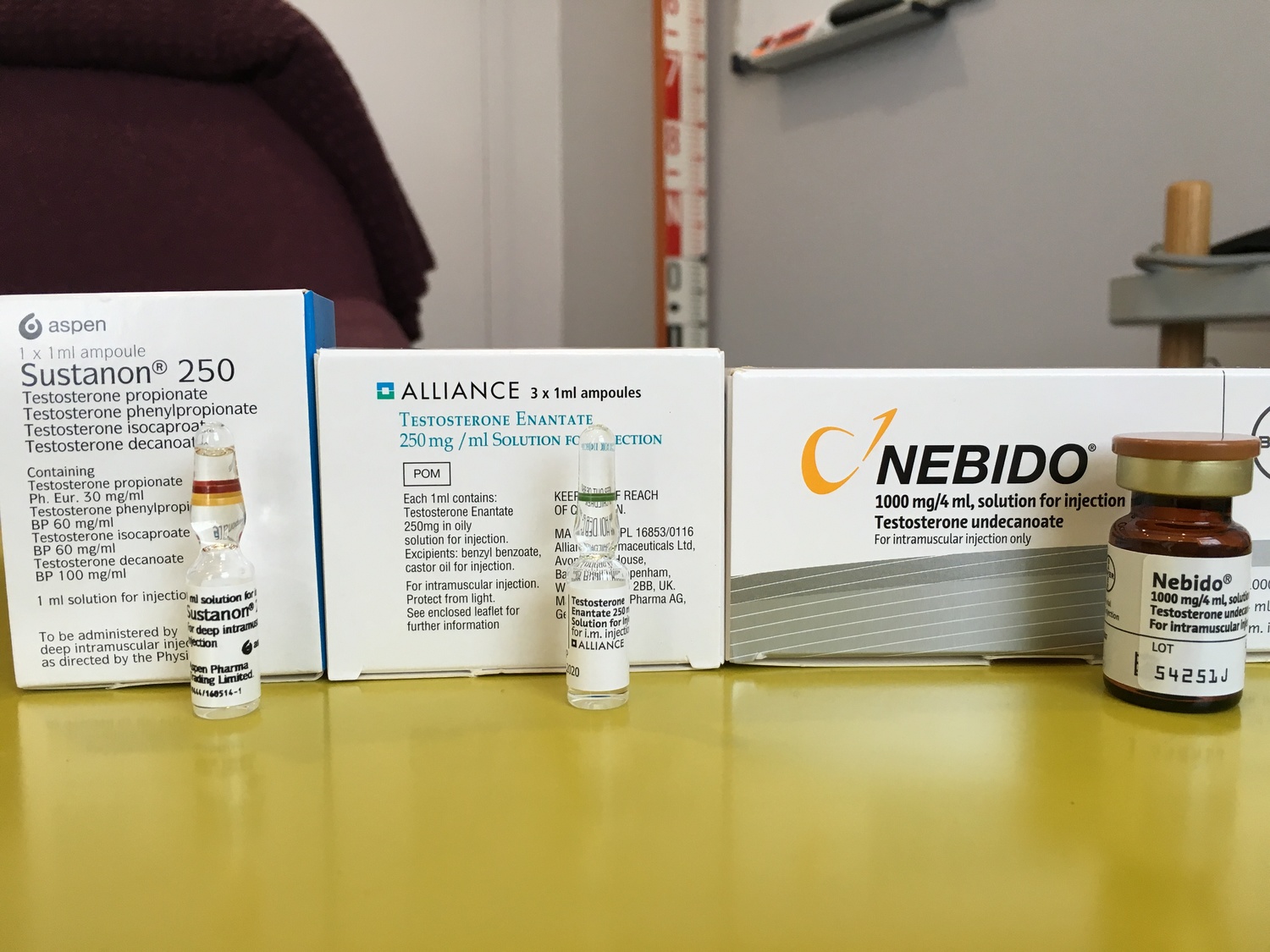A Comprehensive Overview to Comprehending Enantate and Its Uses
A Comprehensive Overview to Comprehending Enantate and Its Uses
Blog Article
Make Best Use Of Interaction With an Effective Commitment System Technique
In today's affordable landscape, making best use of interaction via an efficient loyalty system method is critical for organizations seeking sustainable development. A well-structured loyalty program not only cultivates client retention yet likewise boosts brand fondness through individualized experiences and clear communication. By incorporating innovative data analytics and multi-channel outreach, firms can tailor their incentives to line up with consumer choices, producing a sense of value and link. The success of these efforts pivots on several important parts that require additional expedition, particularly in understanding client demands and measuring effectiveness.
Recognizing Consumer Demands
How can companies successfully customize their loyalty programs to meet the diverse needs of their clients? Comprehending client demands is basic to creating an effective commitment program. Organizations have to start by collecting information on consumer choices, habits, and buying patterns. This can be accomplished with surveys, comments mechanisms, and evaluating transaction histories.
Segmenting the customer base into distinctive teams enables companies to identify specific demands and inspirations, thus enabling targeted offerings. More youthful customers may prioritize experiences and social engagement, while older consumers may value discounts and incentives that improve their everyday lives.
In addition, services should take into consideration the psychological aspects of commitment. Building an emotional link with storytelling and personalized experiences can substantially boost customer loyalty. Involving with customers on social media systems and replying to their concerns promotes a sense of area and belonging.
Designing Award Structures
A well-structured rewards system acts as the foundation of any reliable loyalty program. To create an impactful benefit framework, business have to think about numerous elements that reverberate with their target audience. It's important to establish clear goals for the incentives program-- whether to boost client retention, increase average purchase dimension, or promote certain products.
Next, segmenting the customer base enables tailored incentives that appeal to various demographics, enhancing the viewed value of the program. High-spending consumers may benefit from special offers or costs incentives, while periodic buyers could be motivated by tiered benefits that motivate boosted investing.
Moreover, the sort of rewards-- be it directs, discount rates, or experiential benefits-- must straighten with consumer choices and actions. This alignment cultivates a feeling of belonging and urges repeat involvement.

Leveraging Modern Technology for Engagement
Implementing innovation in loyalty programs substantially boosts customer engagement and experience. By using innovative digital platforms, companies can enhance the registration procedure, making it very easy for consumers to join and take part in commitment programs. Mobile web sites and applications work as central hubs for accessing incentives, tracking points, and obtaining real-time updates, making sure that consumers continue to be involved with the program.
Additionally, gamification components, such as factors systems and success badges, can be integrated into loyalty programs through innovation. These functions motivate consumers to connect more frequently with the brand, fostering a sense of community and competition. Additionally, data analytics tools allow companies to get understandings right into client habits and preferences, enabling for more tactical decision-making concerning program enhancements.
Social network combination also plays an important role in leveraging technology for engagement (enantate). By encouraging consumers to share their experiences and incentives on social systems, brand names can enhance their reach and draw in new participants. Inevitably, making use of innovation in loyalty systems creates a more vibrant, interactive, and fulfilling experience for clients, driving lasting loyalty and boosting general customer satisfaction
Personalization and Interaction
While several commitment programs concentrate on broad motivations, reliable personalization and interaction are important for cultivating much deeper connections with consumers. Customization includes understanding specific consumer preferences and tailoring messages, communications, and rewards accordingly. By leveraging information analytics, businesses can section their consumer base and create targeted offerings that reverberate with particular teams, improving consumer fulfillment and commitment.
Furthermore, communication plays a crucial function in enhancing these customized experiences. Brand names ought to involve customers via multiple networks-- email, social networks, and in-app notifications-- making sure that the messaging is consistent and appropriate. Individualized communication can include unique offers, item referrals based on previous acquisitions, and prompt suggestions for commitment program advantages.

Gauging Success and Adjusting Approach
Measuring success in a commitment program requires an organized method to this contact form reviewing essential efficiency indicators (KPIs) that show customer interaction and retention. Essential KPIs include consumer lifetime value (CLV), retention prices, and the frequency of repeat acquisitions. These metrics give insights right into just how efficiently the program fosters customer commitment and drives income growth.
Furthermore, tracking involvement rates with loyalty interactions, such as promos and emails, can offer valuable details on client preferences and behaviors (enantate). Examining this information allows companies to determine fads, optimize their offerings, and enhance client experiences
As soon as KPIs are developed and measured, it is important to change approaches accordingly. Frequently examining program efficiency aids identify areas for improvement. If retention prices are decreasing, organizations might consider revising rewards structures or introducing brand-new motivations that reverberate with their target audience.
In addition, fostering an ongoing responses loophole with consumers can generate understandings right into their requirements and expectations. This proactive approach ensures that loyalty programs continue to be pertinent, interesting, and efficient. By continuously determining success and adapting techniques, companies can optimize the influence of their loyalty initiatives and grow resilient client relationships.

Verdict
In conclusion, an effective commitment system method requires a thorough understanding of customer needs, the layout of enticing benefit structures, and the harnessing of technology to check my blog boost involvement. enantate. Eventually, these elements contribute to a durable loyalty program that not only retains customers yet likewise drives long-lasting involvement and complete satisfaction.
Implementing innovation in commitment programs substantially boosts customer engagement and experience. Eventually, the usage of innovation in loyalty systems develops a much more dynamic, interactive, and satisfying experience for clients, driving long-term commitment and increasing total client satisfaction.
By leveraging information analytics, companies can sector their client base and create targeted offerings that reverberate with specific teams, enhancing client complete satisfaction and commitment.
Ultimately, incorporating personalization with reliable communication not just boosts customer interaction but likewise constructs a feeling of area, motivating long-lasting commitment and advocacy, which are important parts of a successful commitment system technique.
Gauging click this site success in a loyalty program needs an organized method to examining key performance indications (KPIs) that reflect client involvement and retention.
Report this page